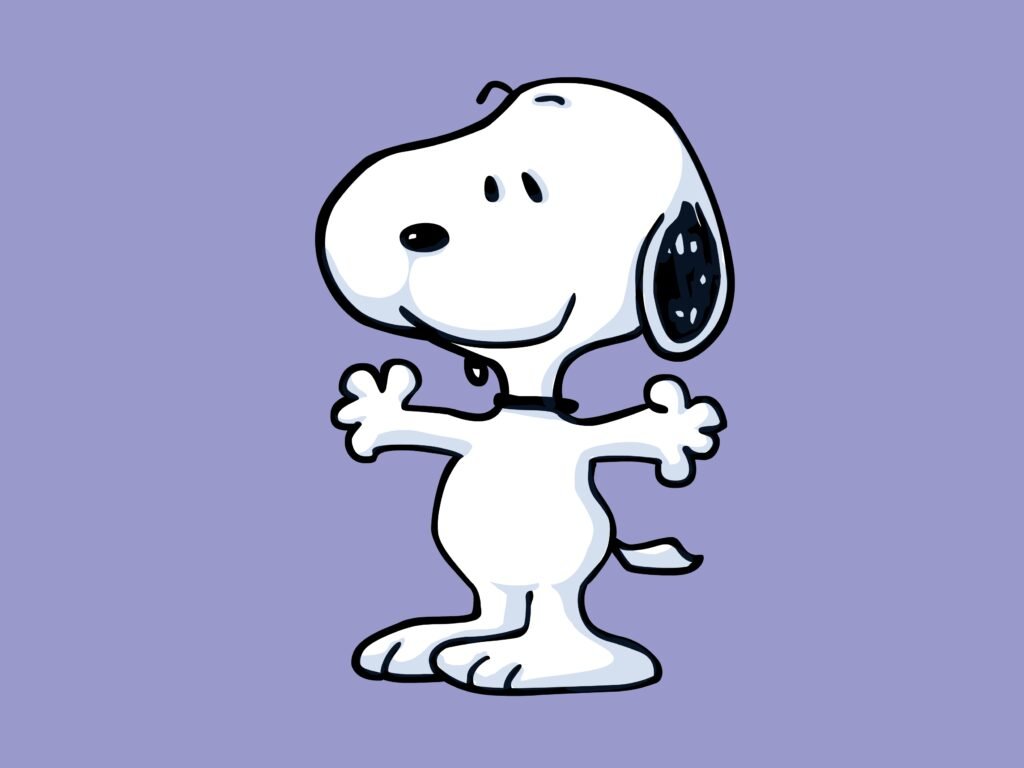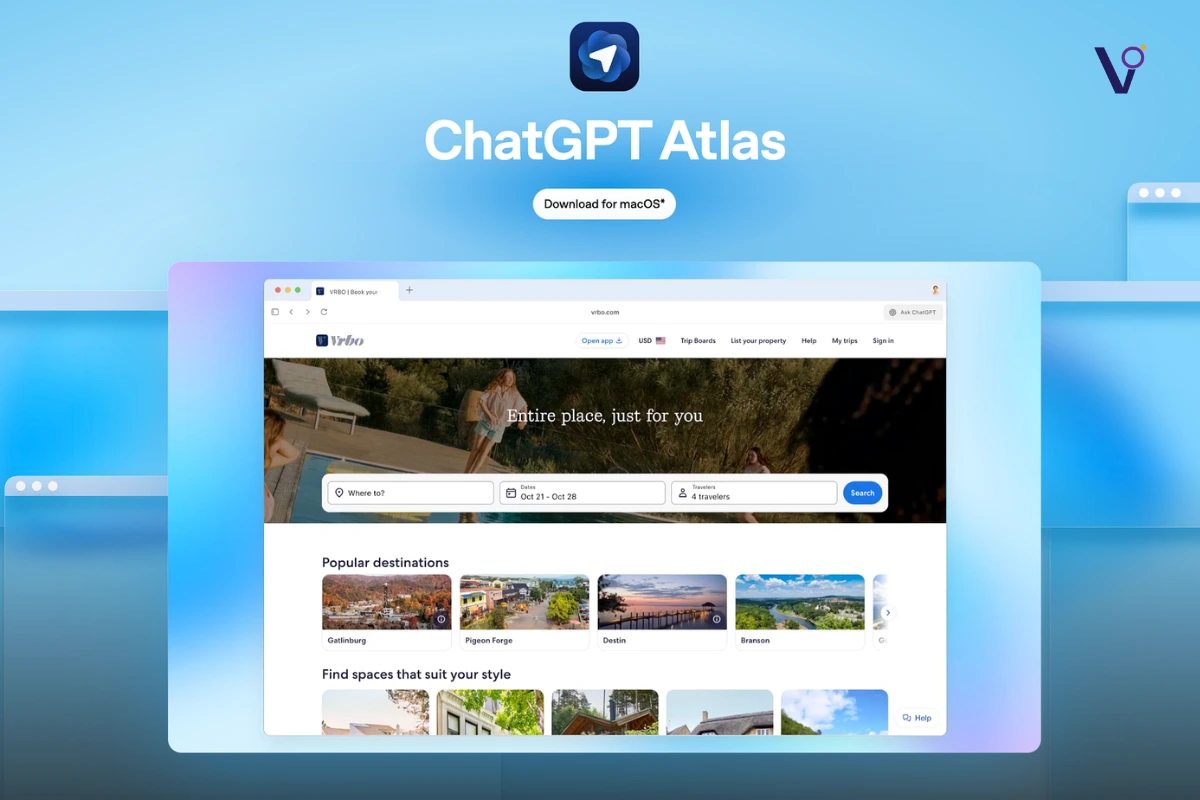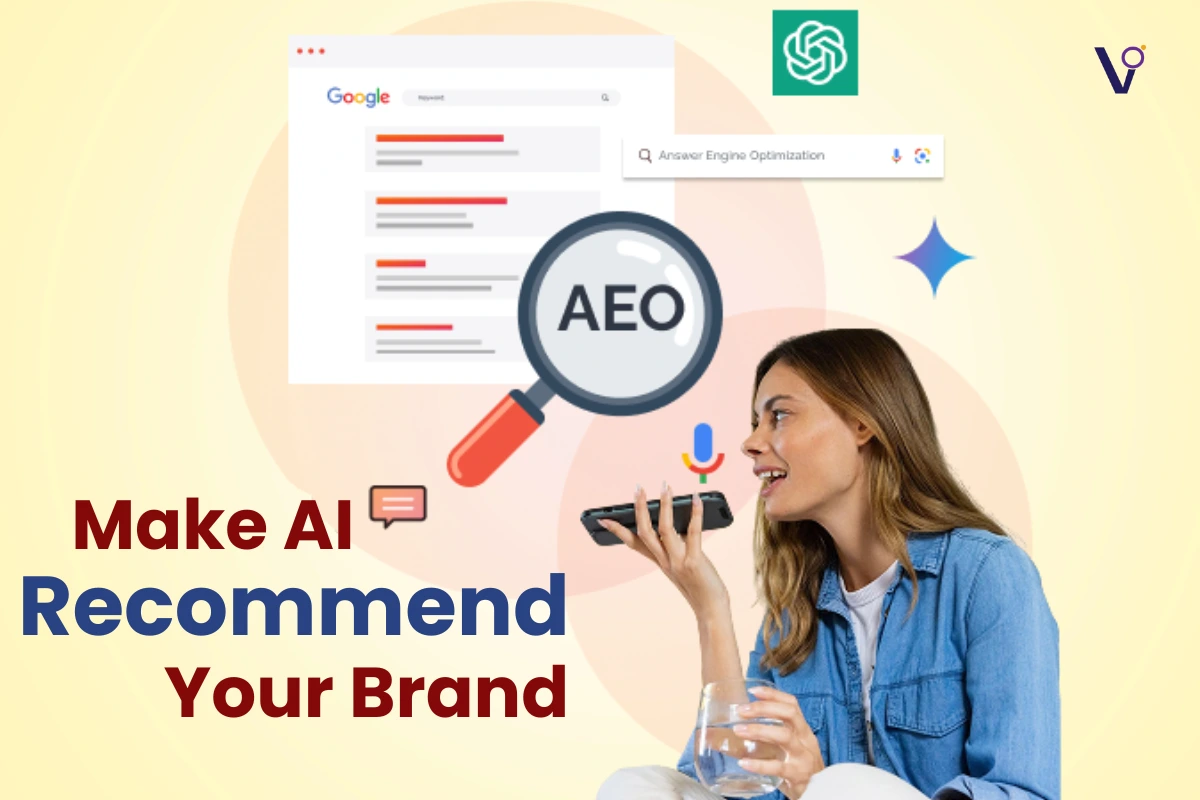In the modern, high-speed world, where attention is transient and customer loyalty more tenuous than ever, brands have to do more than simple advertising. They have to connect. And this April Starbucks did just that—the free Starbucks Snoopy Cup, the old-fashioned way.
The return of the Joe Kind Snoopy Reusable Cup Giveaway wasn’t just a marketing stunt—it was a cleverly designed marketing campaign layered with meaning, nostalgia, exclusivity, and eco-friendliness. And even though the cup came free, the brand loyalty it stirred was worth far more than money.
Here’s why Starbucks made a two-day promotion into a masterclass in contemporary marketing.
Starbucks Snoopy Cup
On April 17 and 18, UK Starbucks Rewards members were treated to something special. When buying a Grande iced drink (not including Frappuccinos), customers got a Snoopy-designed reusable cup—free of charge.
But this was no ordinary freebie. This was a message, a memory, and an experience all at once. From its cute design to the eco-friendly idea behind it, the Joe Kind Snoopy cup held more than coffee—it held emotion.
Let’s deconstruct why this campaign was so successful and what marketers can learn from it.
1. Nostalgia + Collaboration = Emotional Connection
Merging with Peanuts was pure genius. Snoopy is not only a cartoon icon; he is a representation of childlike innocence, affection, and generosity. By leveraging these common cultural memories, Starbucks was able to create an emotional reaction—and that’s marketing gold.

The Joe Kind design didn’t scream brand promotion. It whispered calm. It made people feel something. And in a market flooded with flashy, high-pressure ads, that emotional whisper stood out loud and clear.
The takeaway? When your brand partners with a nostalgic icon or a universally loved figure, it doesn’t just promote—it resonates. Customers don’t just buy; they bond.
2. Exclusivity Creates Urgency
“While stocks last.” Those three little words were enough to send fans into action. Not all stores participated. The cups weren’t restocked. And the offer was valid for just two days.
Result? People planned their schedules around their nearest Starbucks. Alarms were set. Locations were checked. And iced coffees were purchased in droves.
The FOMO effect—Fear Of Missing Out—is perfectly utilized in this situation. Starbucks leveraged scarcity and time-limitation to perfection, turning a simple promo into a must-have cultural moment. It’s a classic psychological trigger that works time and time again.
3. Rewarding the Right Way
The giveaway wasn’t just a handout—it was tied to the Starbucks Rewards Programme. Only members were eligible, which naturally led to an increase in app downloads, sign-ups, and returning customers.
What made it even better was the improved structure of the programme: 10 Stars per £1 spent, with redemptions starting at 130 Stars. So not only did customers receive a cup, but they also made meaningful progress toward future rewards.
It’s a smart strategy—turning one happy moment into many. Starbucks provided a physical reminder (in the shape of a cup) of the benefits of signing up for the Rewards Program, rewarded loyalty, and promoted the development of habits.
4. Sustainability with a Smile
Starbucks has long been a champion of eco-conscious choices, and this giveaway aligned beautifully with that mission. But instead of using guilt or obligation to promote reusable cups, they used joy.
A cute Snoopy design, a kind message, and a fun experience made this sustainability effort feel good, not forced. Customers walked away feeling part of a movement, not just a marketing ploy.
This is mission-driven marketing done right. By making environmental responsibility engaging and stylish, Starbucks positioned itself as a brand that cares—and inspires others to care, too.
5. Content That Sells Itself
Let’s talk visuals. The Joe Kind Snoopy cup wasn’t just functional; it was Instagrammable. With its soft pastel colors, cheerful design, and heartwarming theme, it became an instant social media star.
Users took to TikTok and Instagram to share unboxings, coffee runs, and latte selfies featuring the cup. Starbucks didn’t need to spend on influencers—the community became the campaign.
This is the power of user-generated content. When a product is share-worthy, it spreads organically. The cup became more than just merchandise—it became a moment of connection online and offline.
Final Sip: It Was Never Just About the Cup
At first glance, this may have looked like just another coffee shop giveaway. Starbucks, however, made it into something much more. They created a story, a feeling, and a shared experience.
In just 48 hours, they showed the world what effective marketing looks like in 2025:
- Emotion over promotion.
- Experiences over transactions.
- Community over campaigns.
Whether you’re a small brand or a global giant, the lessons from Starbucks’ Joe Kind Snoopy cup giveaway are universal. Marketing today isn’t about shouting the loudest—it’s about making people feel seen, valued, and part of something joyful.
So next time you launch a campaign, think beyond the product. Think about the emotion you’re evoking, the story you’re telling, and the moment you’re creating.
Because sometimes, the simplest ideas—like a free cup—are the ones that leave hearts (and cups) full.
The blog doesn’t mention competitors directly, but Starbucks differentiates itself through emotional branding, nostalgia, and limited-time campaigns like the Snoopy cup to stand out.
Limited-time offers like the Snoopy cup create urgency, drive store visits, and spark social buzz—turning everyday purchases into memorable experiences that foster emotional customer loyalty.
Starbucks blends emotion, design, exclusivity, and storytelling—like with the Snoopy cup—to connect with customers and turn simple moments into meaningful brand experiences.



